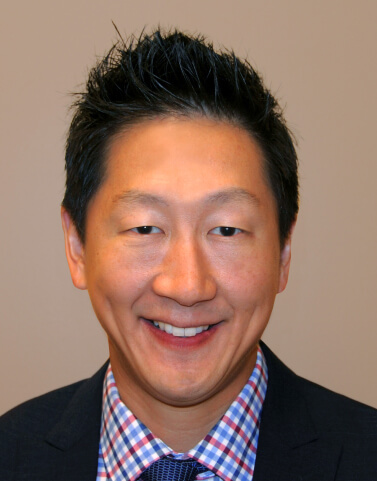Your nose is a central part of your identity—yet sometimes, it may not reflect the balance or confidence you desire. Whether it's a bridge that feels too flat, nostrils that seem too wide, or a tip that draws unwanted attention, these concerns can impact both appearance and comfort.
At Dr. Philip Young's Bellevue practice, we specialize in culturally attuned Ethnic Rhinoplasty, ensuring your results honor your heritage while achieving your aesthetic and functional goals.

Ethnic rhinoplasty is a type of nasal surgery designed for patients whose features differ from the classic Northern European nose. These differences—thicker skin, softer cartilage, wider bases, or lower bridges—call for special methods. The operation aims to enhance breathing and appearance while preserving the hallmarks of ethnic heritage.
Ethnic Rhinoplasty focuses on facial harmony, not a one-size-fits-all “Western” look. Here are the most common goals:
Each heritage group shares patterns that guide the surgical plan. Reviewing them with Dr. Young will help you see why certain techniques are recommended.
| Heritage Pattern | Typical Traits | Common Surgical Focus |
|---|---|---|
| African-American | Thick skin, broad alar base, softer tip cartilage | Tip grafts for support, nostril narrowing |
| Asian | Low bridge, limited septal cartilage | Bridge augmentation, projection grafts |
| Hispanic / Latino | Bulbous tip, moderate skin thickness | Tip reshaping, subtle hump work |
| Middle Eastern | Dorsal hump, drooping tip | Hump reduction, tip rotation |
| South Asian | Moderate hump, broad base | Balanced reduction, alar base refinement |
“My goal was to find a method to bring back a person’s natural youthfulness without the operated, unnatural look and that is why I have my patients bring in photos of them when they were age 5 to 30. My YoungVitalizer helps restore natural and youthful contours they haven’t seen in years.”
—Dr. Philip Young, Seattle Facial Plastic Surgeon





From the initial consultation to the final follow-up, Dr. Young adapts proven techniques to the unique needs of different skin thicknesses, cartilage strengths, and healing patterns.
Most patients work from home for 7–10 days, once the bruising fades. Expect 70% of swelling to resolve within three months, but thicker skin may take 12–18 months to achieve its final polish. Gentle washing, sun protection, and avoiding glasses on the bridge help the new shape set.
Every surgery has some risks, but serious problems after Ethnic Rhinoplasty are uncommon. The main things we watch for are slight scarring, a graft that shifts, changes in skin color, or a need for a bit more tip definition in thicker skin. Dr. Young plans each step to prevent these issues—utilizing strong cartilage support, careful stitching, and after-care tailored to your skin type. We also schedule early follow-ups; if a small concern arises, simple in-office treatments, such as tiny steroid injections, usually resolve it without the need for another operation.
Cost & Financing
Ethnic rhinoplasty pricing varies with complexity, graft choice, and whether functional work is combined. Dr. Young offers several financing plans so you can spread payments over time.
Dr. Philip Young is a double-board-certified facial plastic surgeon who has performed thousands of nose and face procedures in his AAAASF-accredited Bellevue center. Patients appreciate his research-backed expertise in ethnic rhinoplasty, his extensive before-and-after gallery featuring diverse noses, and a caring bilingual team that guides you from first consult through private recovery—all in one safe, convenient location.


If you’re ready to refine your nose without losing what makes it uniquely yours, schedule a private consultation with Dr. Philip Young in Bellevue. Call 425-990-3223 or request an appointment online today. A balanced, confident profile—with your cultural identity intact—is closer than you think.
Prices vary by surgeon and the complexity of the work, but most Bellevue clinics list primary rhinoplasty between approximately $6,000 and $11,000 before anesthesia and facility fees. The cost ranges from simpler dorsal-hump shaves on the lower end to full open procedures (or revision cases) on the higher end.
Standard (or “Western”) rhinoplasty often assumes thin skin, strong cartilage, and narrow nasal bones. Ethnic rhinoplasty tailors the same techniques to noses with thicker skin, softer cartilage, wider nostrils, or a lower bridge, aiming for balance and better breathing while keeping the patient’s cultural features.
The structural changes to bone and cartilage are permanent. Most patients enjoy their new nose for the rest of their lives. Only natural aging or an injury might require a minor touch-up later.
Across surveys, patients typically request a “natural” profile—straight or gently sloped bridge, a tip that is defined but not pinched, and nostrils that appear balanced with the rest of the face. Women often prefer a slight slope and soft tip rotation, while men tend to request a straight, strong bridge.
